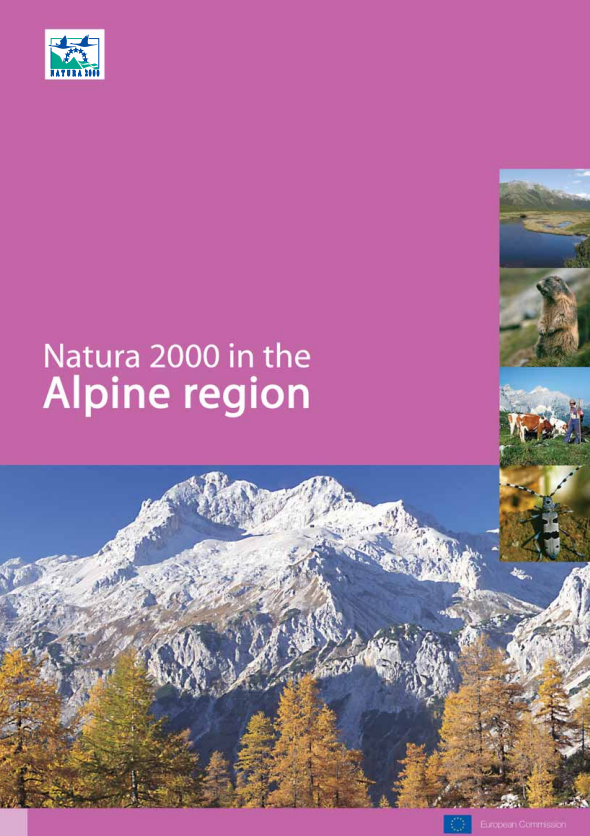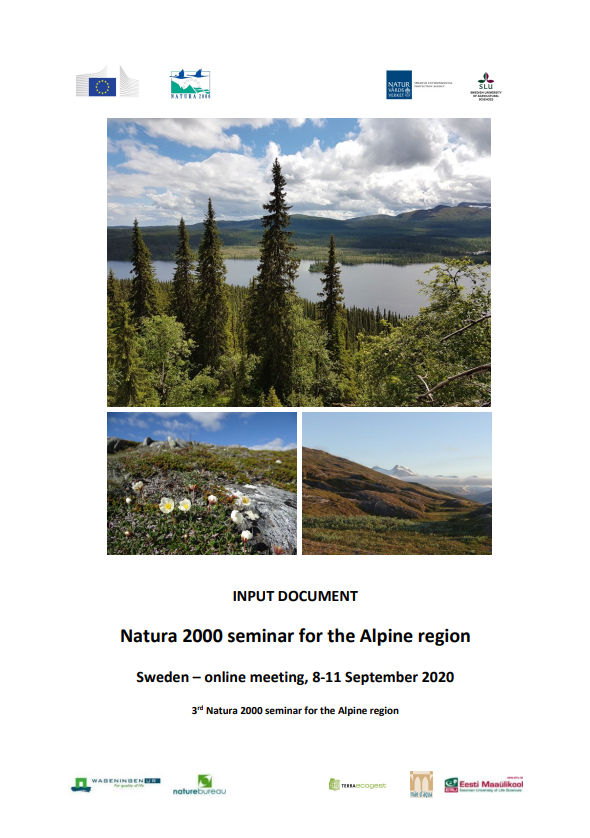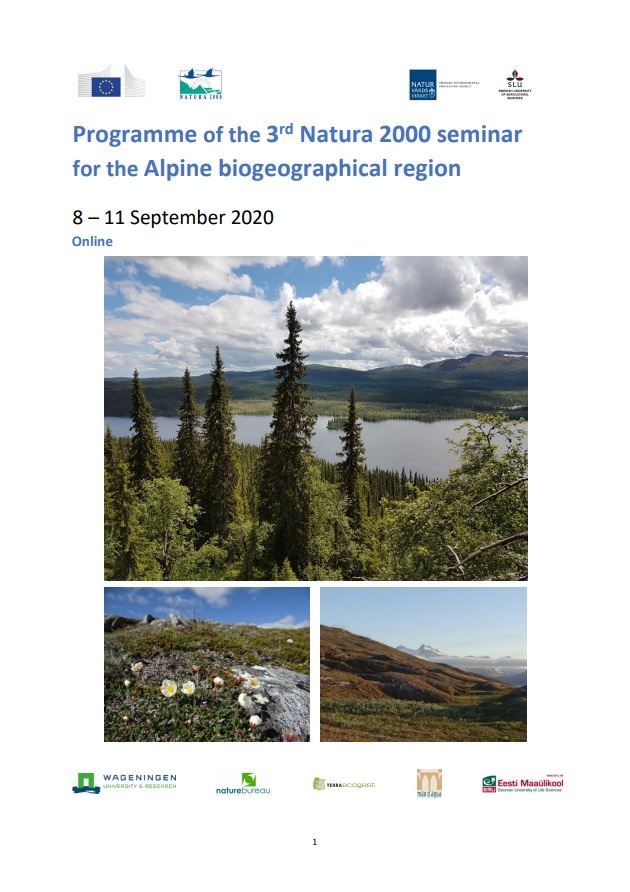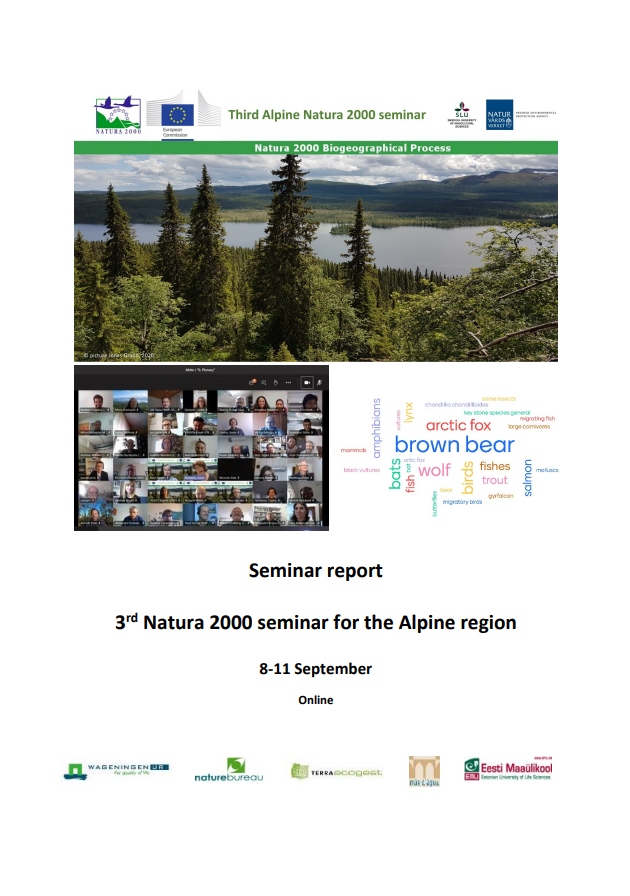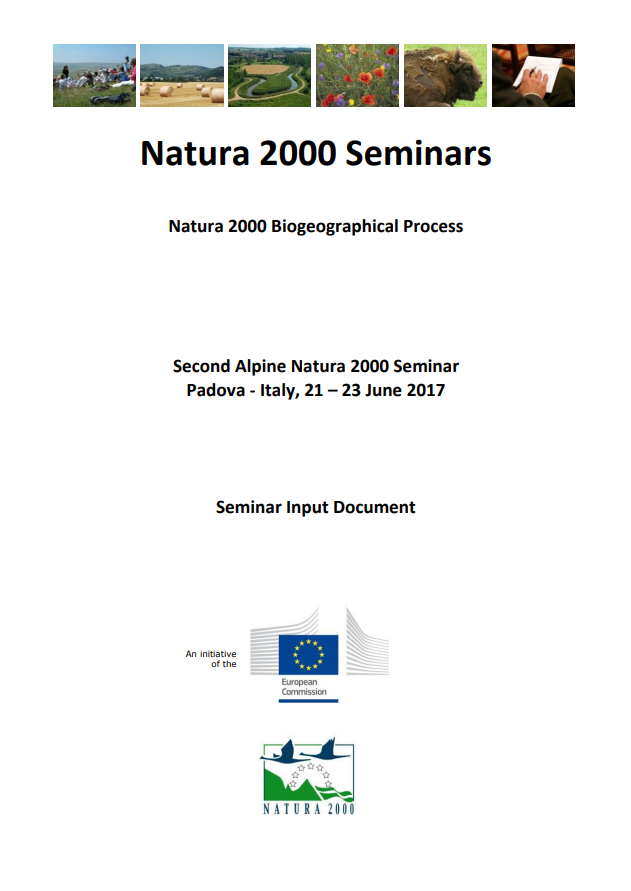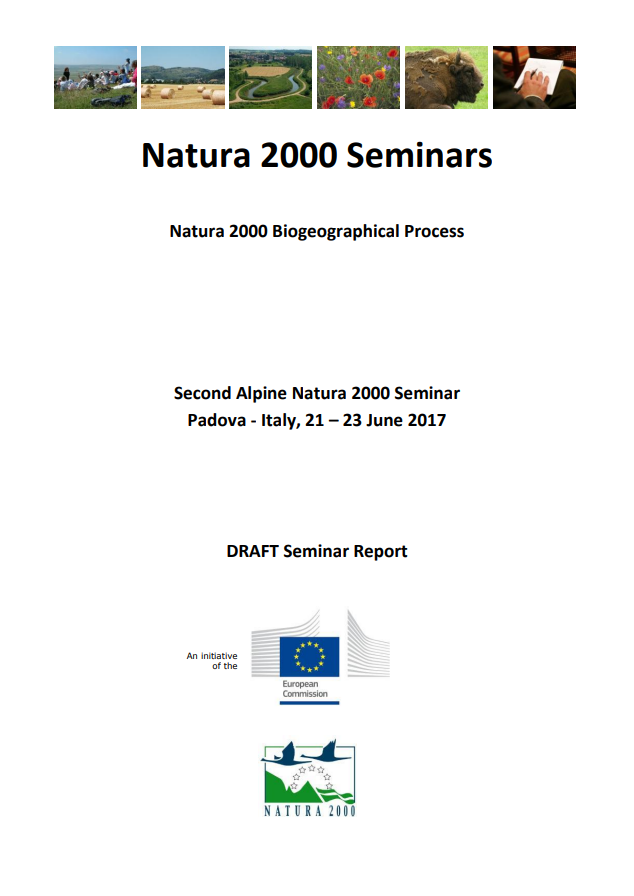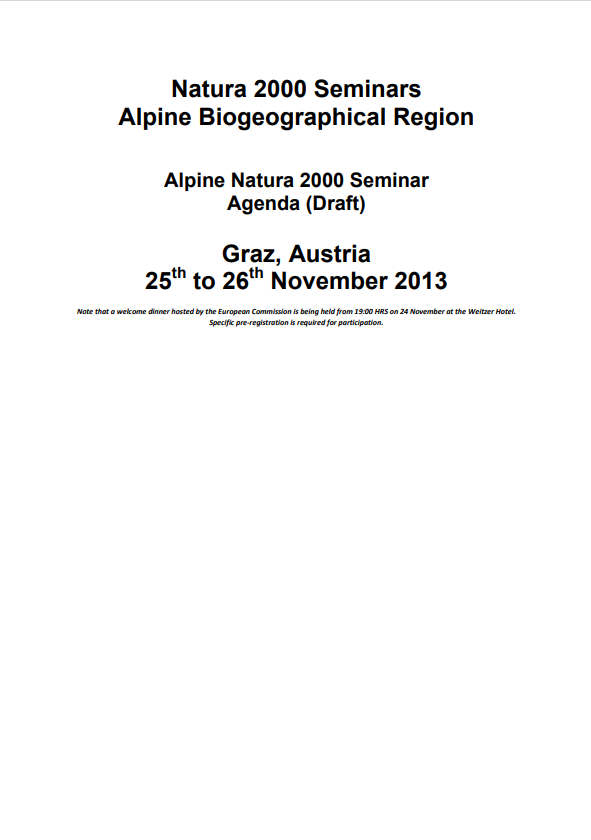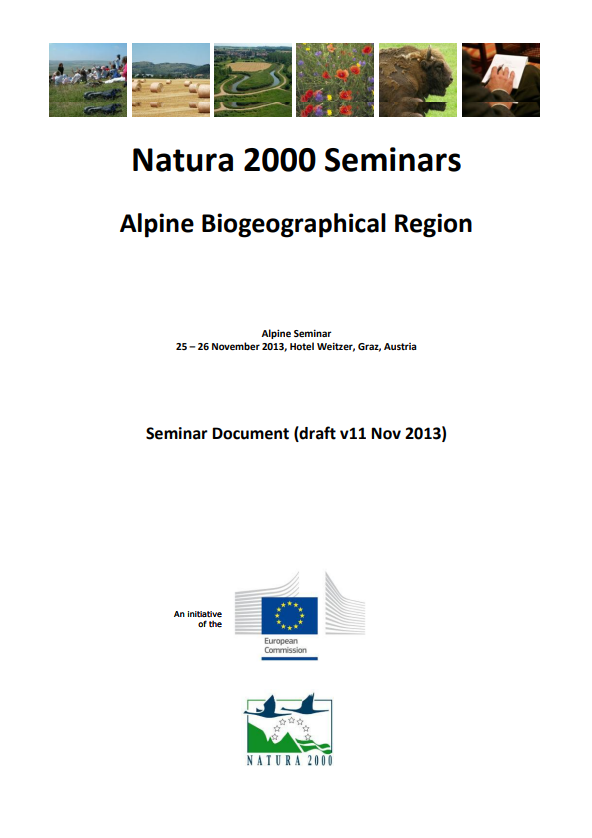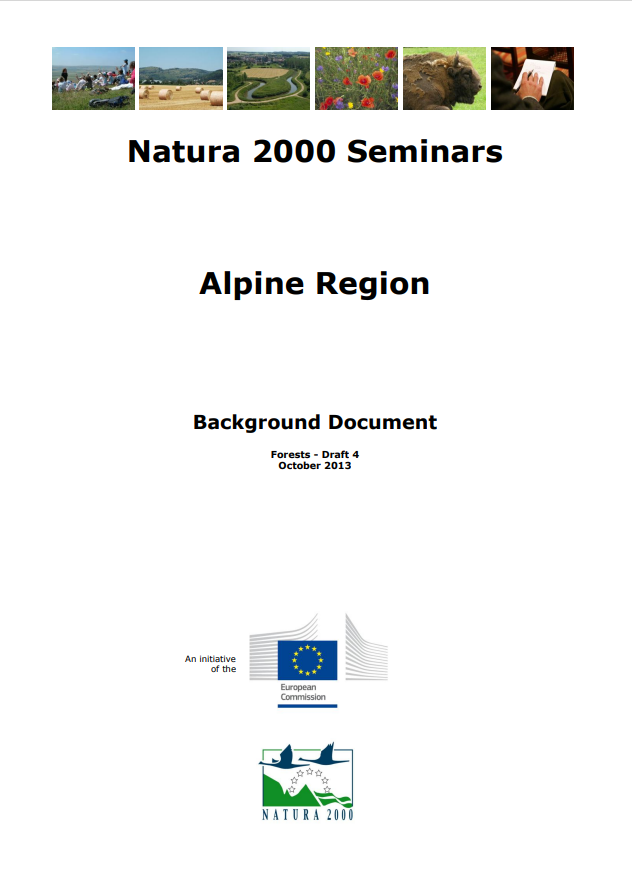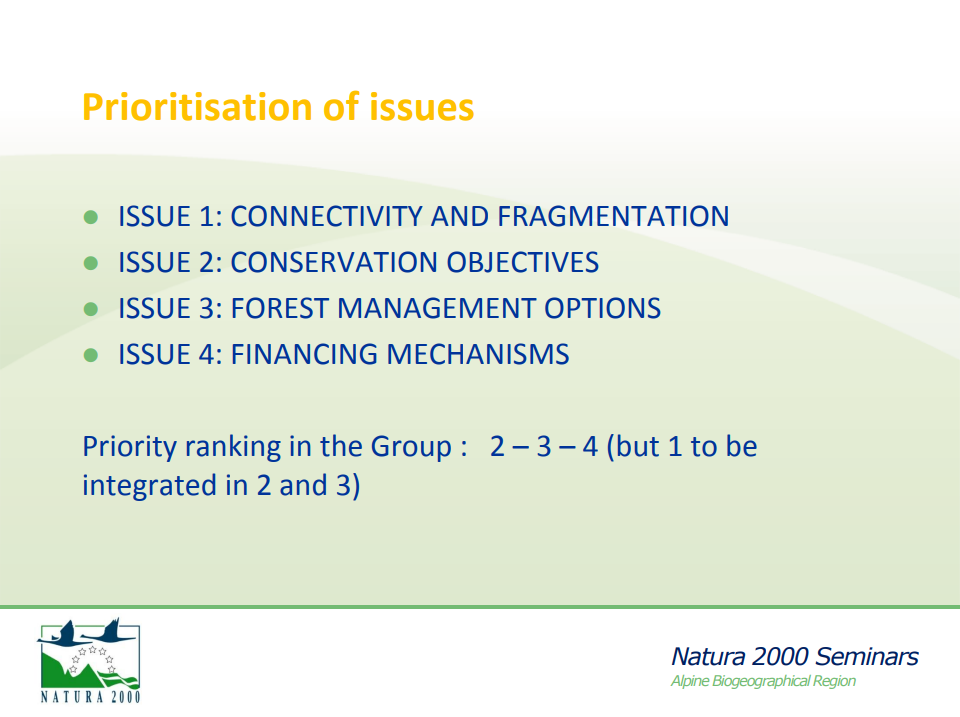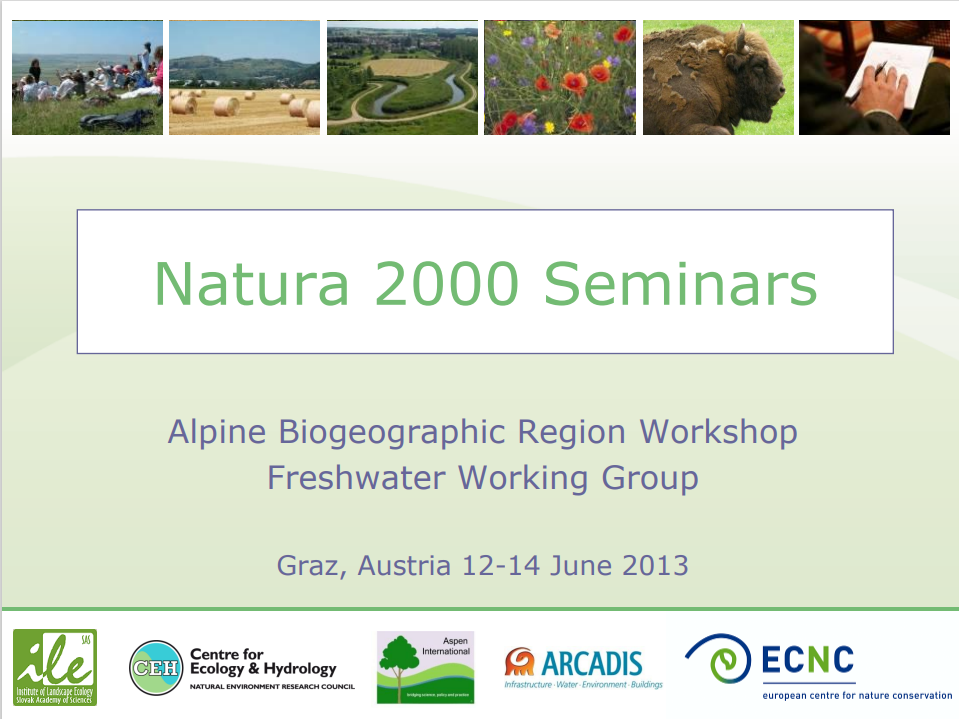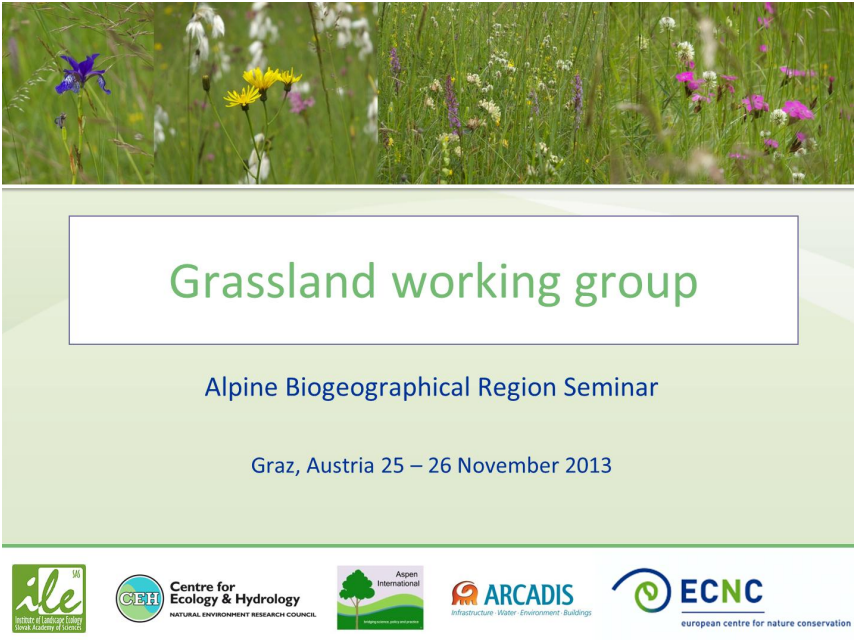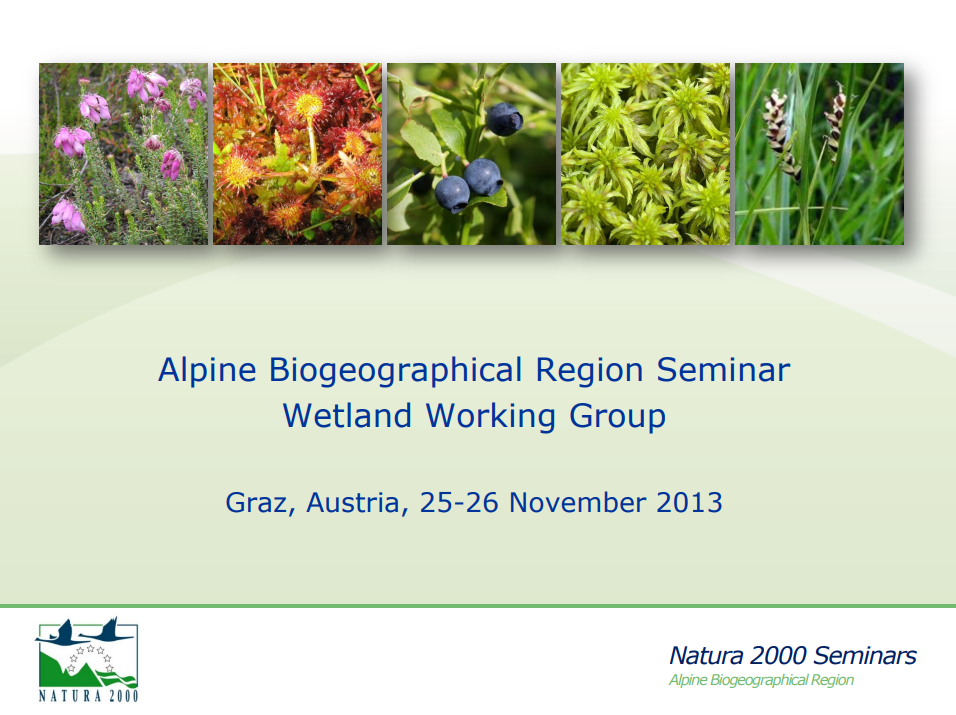Alpine Region
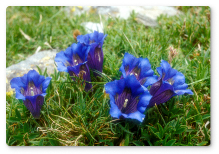
Countries within the Alpine region include Austria, Bulgaria, Croatia, Finland, France, Germany, Italy, Poland, Romania, Slovakia, Slovenia, Spain and Sweden.
Europe has several important mountain chains which stretch across the majority of the countries. Within the EU, five of the longest and highest ranges have been included in the Alpine biogeographic region.
Because of their steep gradients, mountains have highly compressed latitudinal life zones. As a result, habitats and species alter rapidly with altitude. Moving 100 m upwards in the mountains is equivalent to going 100 km north in the lowlands. The complex topography and differing exposures (sheltered south facing slopes, snow pockets, wind blasted crags and uneven rock screes…) also create a myriad of different micro-climates.
This helps explain why the Alpine region has such a rich and diverse biodiversity. Almost two thirds of the plants on the European continent are present here. The high peaks harbour many endemics whilst, on the lower slopes, species diversity is more influenced by its transition with other biogeographical regions and the long history of compatible human land uses. Altogether, 105 habitat types, 97 plants and 134 animal species listed in the Habitats Directive are found in the Alpine region.
Third Alpine Seminar, August 2020
Presentations from the seminar can be found here.
Second Alpine Seminar, June 2017
Supporting Annexes and presentations can be found here.
First Alpine Seminar, November 2013

